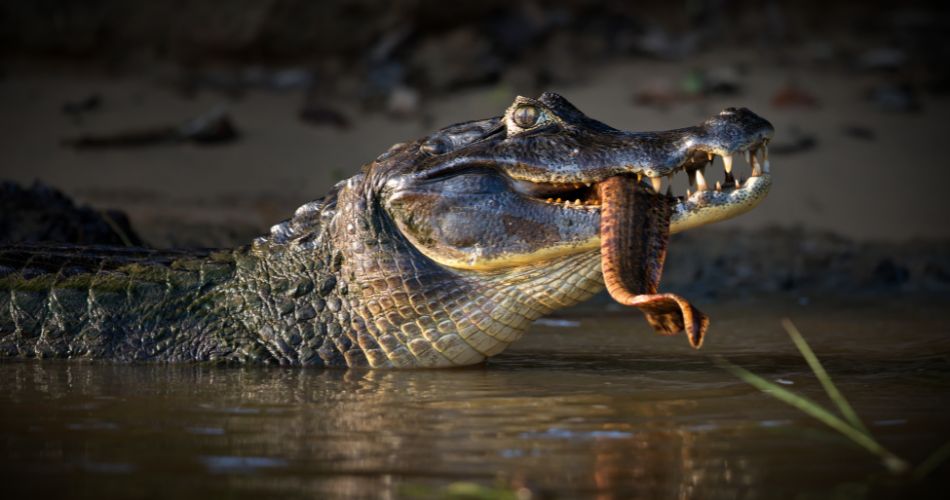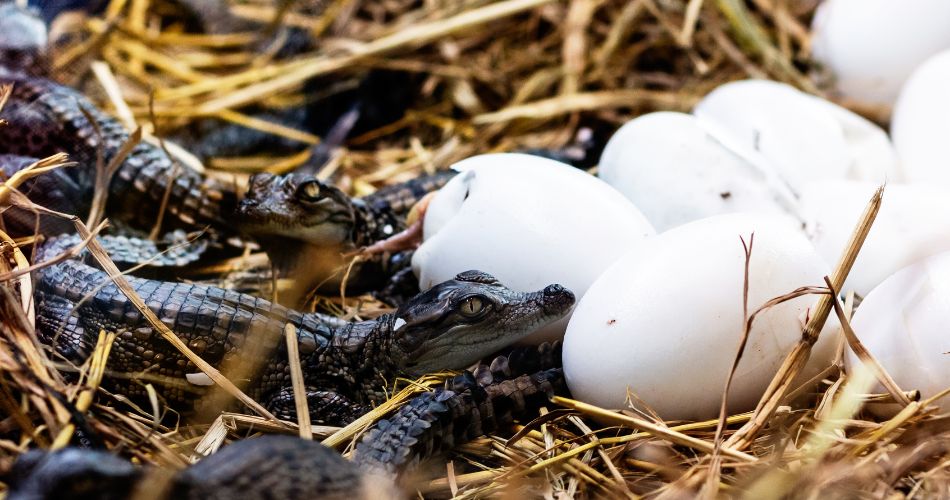World Croc Day is observed annually on June 17. This day is dedicated to raising awareness about the plight of crocodiles and alligators, highlighting their ecological importance, and promoting conservation efforts to protect these ancient reptiles.
History of World Croc Day
World Croc Day was established in 2017 by the Crocodile Research Coalition in collaboration with the Belize Zoo. The initiative aimed to spotlight the challenges faced by crocodilians, including habitat loss, illegal hunting, and human-wildlife conflict. By dedicating a day to these reptiles, the founders sought to educate the public about their significance in ecosystems and the urgent need for their conservation. 1
The Crocodile Research Coalition official website notes they mention that students participating in their Wildlife Research, Education, and Conservation (WREC) course assist with the World Croc Day event on June 17, and that Dr. Marisa Tellez, the CRC Executive Director, is one of the founders of World Croc Day.
Since its inception, World Croc Day has garnered international support, with zoos, wildlife organizations, and conservationists hosting events and campaigns to educate communities about crocodile behavior, the threats they face, and the importance of protecting them.
Why is World Croc Day important?
Crocodiles and alligators have roamed the Earth for millions of years, playing a crucial role in maintaining the balance of their ecosystems. As apex predators, they help regulate populations of other species, ensuring biodiversity and healthy habitats. However, these reptiles are often misunderstood and feared, leading to negative perceptions and, in some cases, unnecessary killings.
World Croc Day serves as an opportunity to challenge these misconceptions and highlight the ecological importance of crocodilians. By raising awareness about the threats they face—such as habitat destruction, climate change, and illegal wildlife trade—we can foster a greater appreciation for these creatures and support efforts to ensure their survival for future generations.
Here’s why this day matters:
- It educates the public about the ecological role of crocodiles and alligators.
- It challenges misconceptions and promotes coexistence with these reptiles.
- It highlights the threats facing crocodilian species worldwide.
- It supports conservation initiatives aimed at protecting their habitats.
- It encourages global collaboration in preserving biodiversity.
How to Celebrate World Croc Day
Celebrating World Croc Day can be both educational and engaging. Visiting local zoos or wildlife centers that house crocodilians can provide firsthand insights into their behavior and biology. Many institutions host special events, talks, or feeding demonstrations on this day to promote awareness.
For those unable to attend in-person events, participating in online webinars, documentaries, or virtual tours can be equally informative. Sharing facts, articles, or personal experiences on social media platforms using the hashtag #WorldCrocDay can help spread awareness. Additionally, supporting organizations dedicated to crocodile conservation through donations or volunteer work can make a tangible difference.
Here are some ways to observe the day:
- Visit a local zoo or wildlife center to learn about crocodilians.
- Participate in online events or watch documentaries about these reptiles.
- Share educational content on social media using #WorldCrocDay.
- Support conservation organizations through donations or volunteering.
- Educate friends and family about the importance of crocodile conservation.
Fan facts about crocodiles
- Crocodiles have existed for over 200 million years, making them older than dinosaurs.
- The saltwater crocodile is the largest living reptile and can grow over 6 meters (20 feet) long and weigh more than 1,000 kg (2,200 lbs).
- Crocodiles have an extremely powerful bite—one of the strongest in the animal kingdom—but relatively weak jaw-opening muscles.
- They can hold their breath underwater for up to two hours by slowing their heart rate dramatically.

- Their eyes, ears, and nostrils are located on the top of their head, allowing them to stay mostly submerged while observing their surroundings.
- Crocodile tears are real—but not for emotional reasons. Crocodiles secrete tears while eating, not because they’re sad, but due to physiological reasons. The motion of their jaws may press against glands that release fluid near their eyes, giving the appearance of crying.
- Crocodiles swallow stones, called gastroliths, to help with digestion and balance in the water.
- The sex of baby crocodiles is determined by the temperature of the nest during incubation.
- A female crocodile typically lays 30 to 60 eggs in one clutch, depending on the species. She carefully guards the nest and helps her hatchlings reach the water once they emerge.

- Crocodiles use a special valve in their throat (the palatal valve) that allows them to open their mouths underwater without swallowing water.
- They are social animals, and some species show complex behaviors like protecting their young and even communicating through vocalizations.
- Crocodiles are capable of short bursts of speed on land and can be surprisingly agile despite their bulky appearance.
- Crocodiles have excellent night vision, thanks to a special layer in their eyes called the tapetum lucidum.
- Crocodiles can live up to 70–100 years, depending on the species and environment.
World Croc Day Dates Table
Subscribe to our newsletter and never miss a holiday again!

